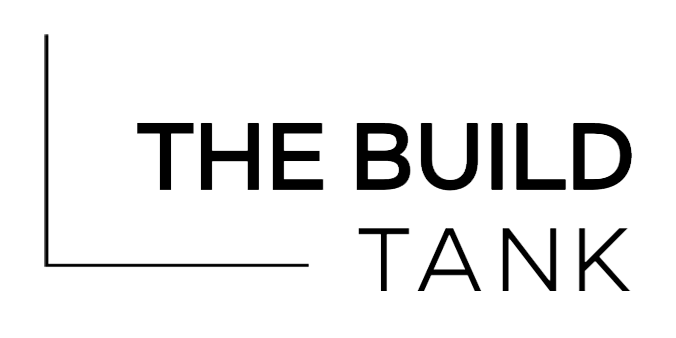Leadership, Technical, and Human
Technology isn’t just about the technical. Not by a long shot. It starts and ends with people.
Of course technical expertise is required, no doubt. But why do so many technology projects end in disappointment or debacle even when the technical side of the equation is well covered?
The answer is that the technical is only one side of the equation, and — especially internally to an organization — not even the most critical side.
The types of work required to maintain a healthy, effective technology ecosystem — whether small, simple, and constrained or large, complex, and ambitious — cover a much broader range of responsibilities than often expected, from “leadership” to “technical” to “human”. Each is critical to your success, and none can be overlooked.
Technical is the most easily understood, so let’s explore the other two points on the triangle.
HUMAN
When it comes to the “human” side of your technology, everyone knows that training is an essential piece of the puzzle. But the typical mechanisms for training around technology fall far short of a realistic plan for successful technology adoption. There’s a reason people don’t tend to feel particularly reassured after the typical training or two.
What does it take for someone to get really comfortable with using a system, and to know how to use it in the right way? It takes training and more training, exposure and use, running into questions, and an incredibly accessible, consistent level of support. And we’re not talking about the “please submit a ticket” kind of support. We’re talking about the friendly and accessible kind of support that views questions and inquiries and ideas as valuable invitations to help, assist, and learn. The kind of “human” ally-ship that recognizes that we’re all on the same team, and the better you use and understand the technology, the better our collective work will be.
Just as critically, this kind of all-out, ally-minded support creates a symbiotic situation where the insights and understanding gathered from that level of human support allows the product team to gather and prioritize fixes and opportunities for improvement at an entirely different level.
If you’re simply triaging bug requests, you’ll never be able to understand the living pulse of your technology and its intersection with the real work being done. But if you’re out there, supporting the living hell out of people, you’ll soon gather an invaluable level of context and understanding about the strengths and shortcomings of your technology as it’s actually being used, and that knowledge can be fed back into making it ever more valuable, helpful, and impactful.
LEADERSHIP
Probably the most critical — and often the most overlooked — side of the equation when it comes to successful technology is the realm of “leadership”. This includes the critical responsibilities associated with steering the ship through ever-changing waters and nearly unlimited potential destinations.
One key area of that leadership is the work of product management itself. The core responsibility of the product manager is charting a clear roadmap for the product’s development and maintenance, balancing needs, ambitions, priorities, and constraints into a coherent path forward.
There are many nuances to be said about the particulars of maintaining a product roadmap, but big picture it’s easy to understand why organizations who lack a clear roadmap tend to feel their product floats along adrift, full of frustration points and falling far short of its potential to support and enhance their work.
Equally as critical in the realm of leadership are key responsibilities that require excellent communication skills and a deft human touch, such as driving diplomacy, buy-in, and understanding among stakeholders and users around the organization and beyond.
Then, throw in all of the other common leadership functions such as budgeting, careful and detailed management of a team, and engaging and maintaining the consultant relationships, and you have a whopper of a critical area of responsibility -- often underestimated or neglected but absolutely essential to the success of the overall system.
~
Stepping back and looking at these three critical areas -- leadership, technical, and human -- it’s evident how neglecting any one of them will result in critical pieces getting dropped. All three must be covered at a high level. So it’s no surprise that technology efforts that try to throw only technical expertise at the problem often come up so far short.
Looking at these three areas you can also readily understand how it’s asking a lot to try to put all of those duties on a single person. Typically people’s skills and especially interests lie at one side or the other. So you generally do well to focus different members of the product team on the areas where their strengths and interests lie. Learn much more about how to staff and structure those roles in our white paper, Resourcing Your Salesforce CRM Product Team.

